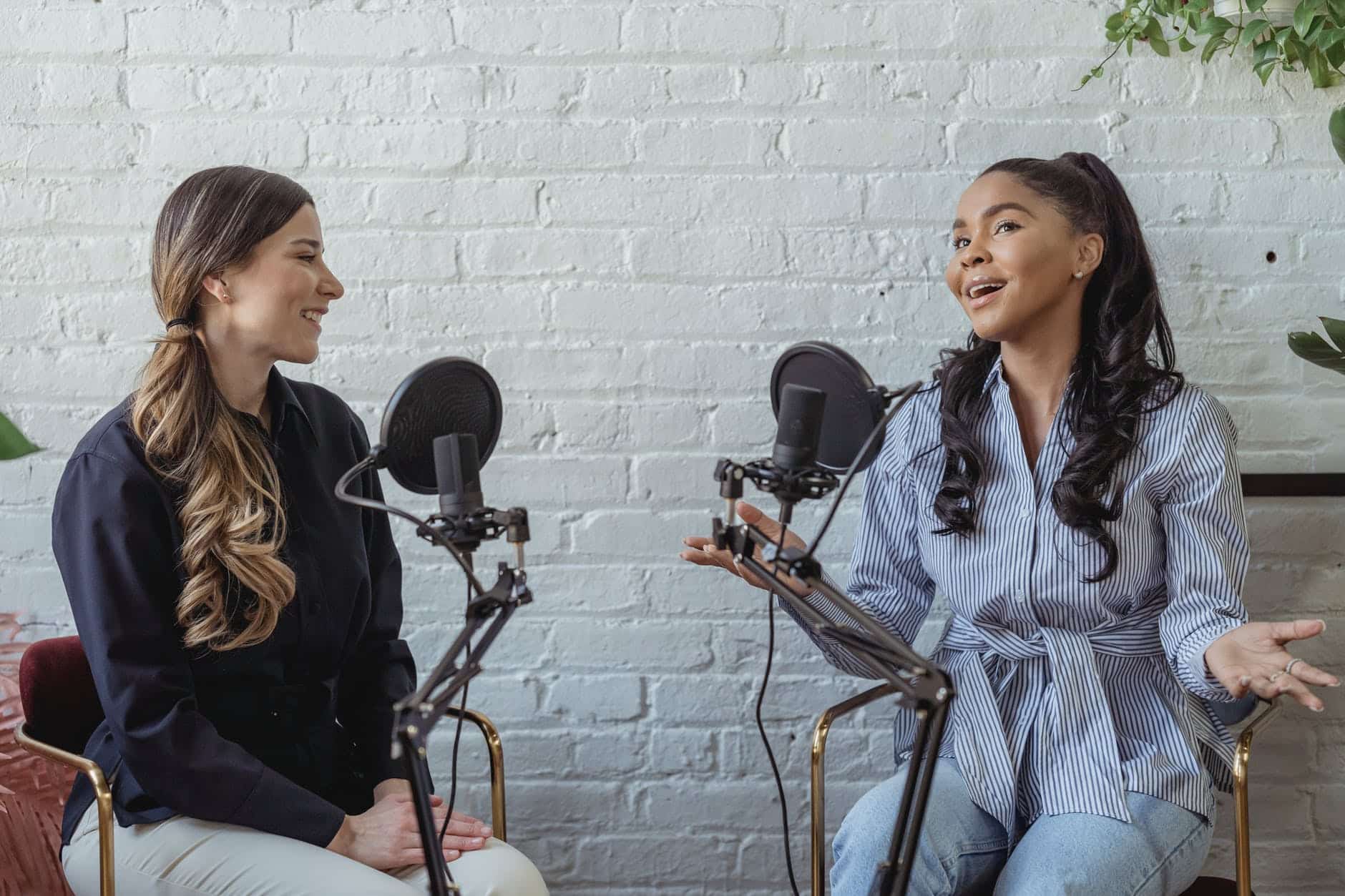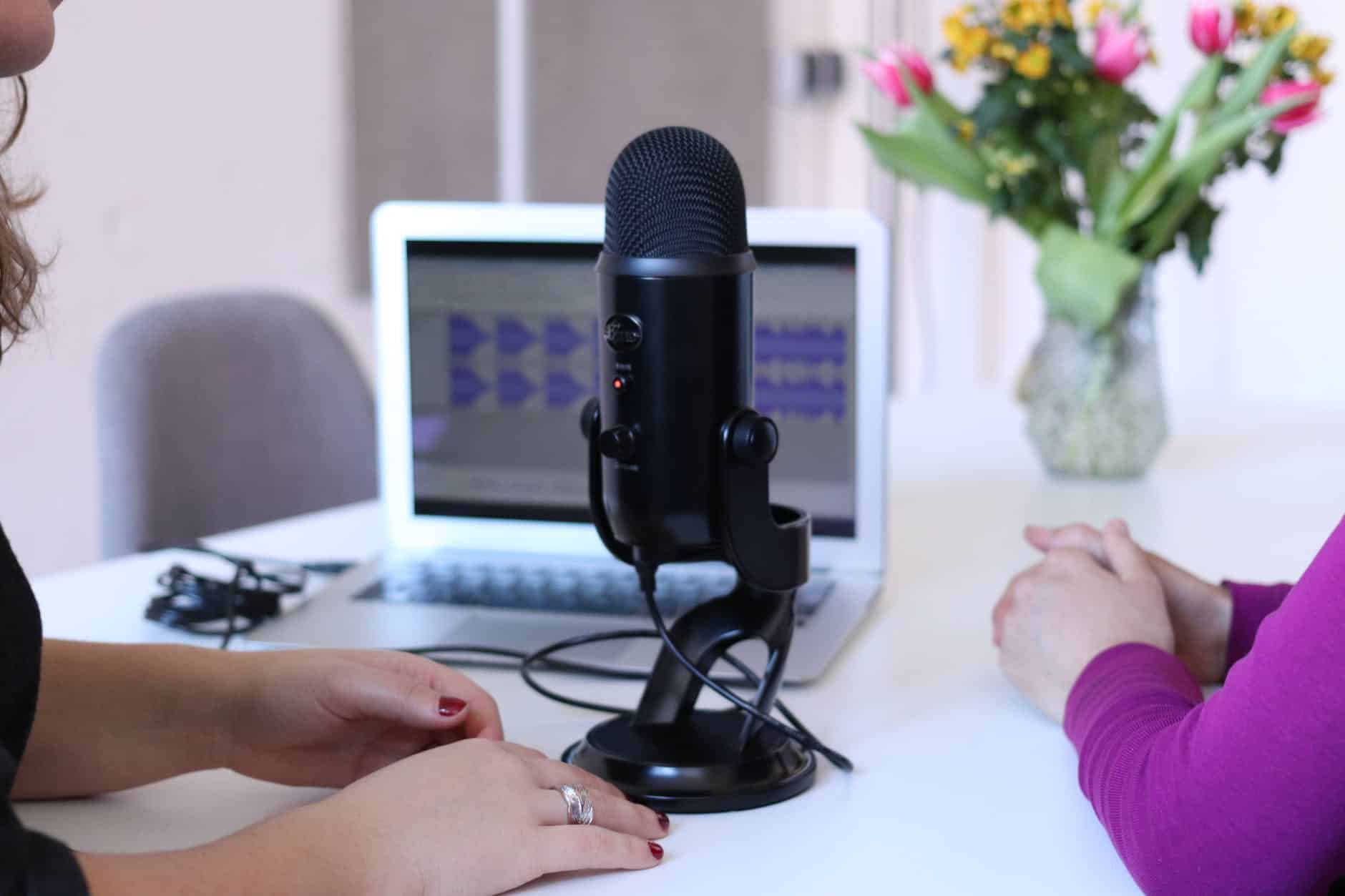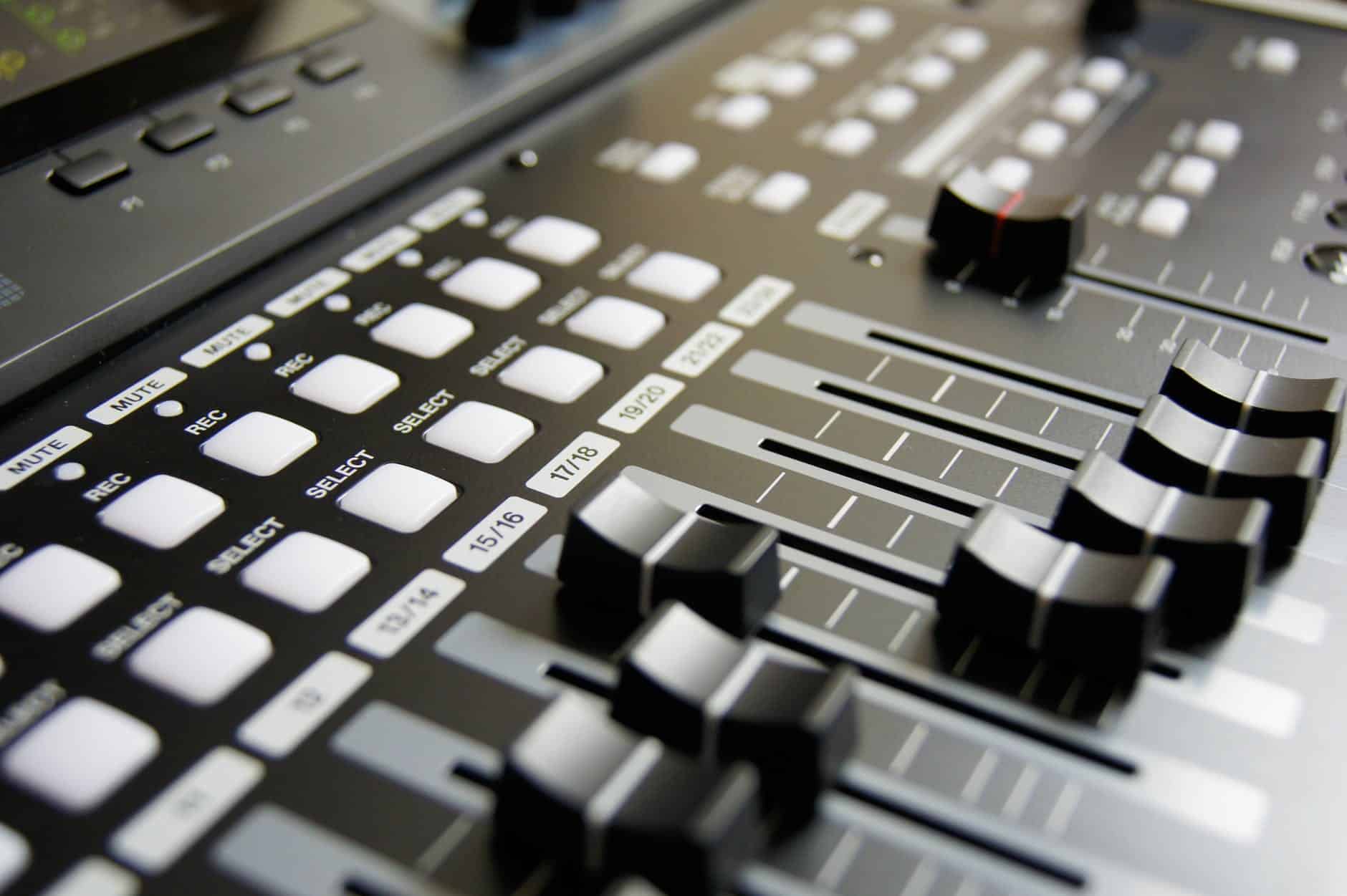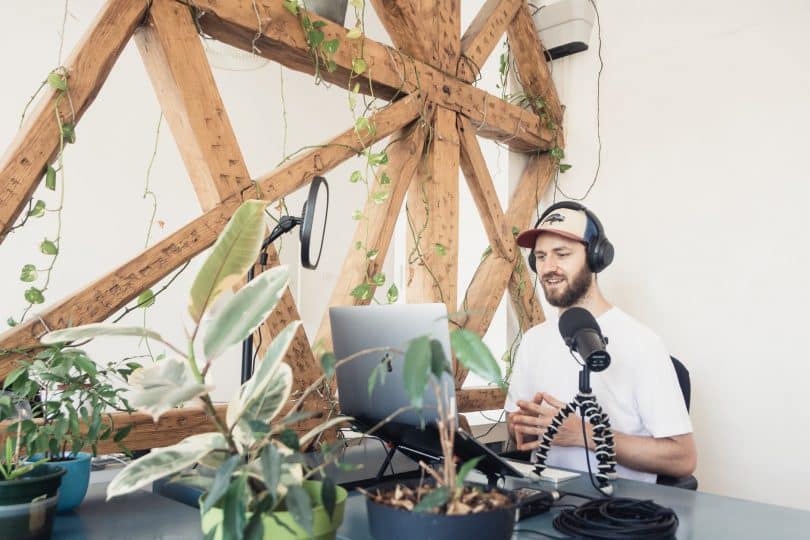Do you love listening to podcasts and think you could create a show that would be just as engaging as your favorite ones? If so, podcasting may be the perfect hobby for you. Today, we’ll teach you the basics of podcasting and help you with starting a podcast checklist. We’ll cover everything from choosing a topic and format to setting up your recording gear and publishing your show. Since finding the right portable podcast equipment and knowing how to operate it is essential, you’ll need detailed information before venturing into this hobby.
Whether you’re a total beginner or need help in starting a podcast checklist, keep reading for all the information you need to get started in podcasting.

Steps to Start Podcasting as a Beginner
The best thing about podcasting and digital platforms is that anyone can learn it – with some effort and persistence, of course. Once you make up your mind to record fun podcasts and publish them, follow these steps to get the hang of this skill:
Step #1: Understand How Podcasting Works
Starting a podcast is easy, and there are a few key steps you need to take to get started. The first step is to understand how podcasting works. You need to have a clear idea of what you want your podcast to be about and what format you want it to take. Will it be a solo show, or will you have guests? How often do you want to release new episodes? Once you have a good understanding of the basics of podcasting, you can move on to the next step: creating a plan.
Creating a plan for your podcast will help you stay on track and ensure that each episode is well-structured and engaging. Decide on a theme for each episode and develop a list of topics to cover. If you’re planning on having guests on your show, reach out to them and schedule an interview time. Once you have all of your ducks in a row, it’s time to start recording. Recording and editing your podcast doesn’t have to be complicated or time-consuming. There are plenty of software programs that make it easy to record and edit audio, so find one that works well for you and get started.

Step #2: Get Portable Podcast Equipment
Now that you’ve decided to start a podcast, the next step is choosing the best portable podcast equipment. This can be a daunting task, as there are so many options on the market. However, keeping a few key things in mind will help you choose the right gear for your needs:
Consider what type of content you’ll be creating. If you’re planning on doing interviews or recording live music, you’ll need different equipment than just recording a monologue. Think about portability. If you are traveling or recording in different locations, you’ll need equipment that’s easy to transport. Consider your budget because portable podcasting equipment is available at all price points, so it’s essential to find something that fits your needs.
The central part of your portable podcast equipment will be a USB Microphone with a podcasting kit. This setup will help you record clear and comprehensible podcasts without much editing. Once you familiarize yourself with the USB microphone, you can get more sophisticated gear or upgrade to better portable podcast equipment. But stick to affordable equipment initially.
Step #3: Pick a Theme and Jot Down Topics Relevant to it
Now that you’ve got your microphone and recording software set up, it’s time to start thinking about the content of your podcast. What kind of topics will you cover? What’s your angle? How will you keep things fresh and exciting for listeners week after week? The first step is to come up with a general theme for your podcast. This could be something as specific as “comedy interviews” or “discussions about pop culture.” Once you’ve got a theme in mind, brainstorm a list of potential topics that would fit within that framework. For example, if your podcast is going to be about business, some relevant topics might include entrepreneurship, marketing, sales strategies, etc. Once you’ve got a good selection of potential topics, you can narrow things down and finalize your show’s format.
Step #4: Choose your Podcast’s Format
An important thing on your starting a podcast checklist is what format you want to use. There are a few different options available, and the best one for you will depend on your niche and target audience. If you’re aiming for a more casual style podcast, a standard interview format could be perfect. However, if you want to drill down into specific topics and really cater to your audience, a roundtable discussion format might be better. Portable podcast equipment makes it easy to record high-quality audio no matter where you are, so don’t be afraid to experiment until you find the right format for your show.
Step #5: Record Your First Episode and Review it
Now that your USB Microphone and other portable podcast equipment is all set and you have a topic, it’s time to record your first episode. But before you hit the record button, you should do a few things to prepare. First, take some time to evaluate your speaking style. Are you confident and engaging, or timid? Be honest with yourself, and make whatever adjustments you need to sound more confident on the podcast. Next, gather all the portable podcast equipment you’ll need, including a microphone, headphones, and a digital recorder. Once everything is set up, hit record and start talking. Remember to have fun and be yourself. After you’re done recording, ask someone else to listen to the episode and give you feedback.

Step #6: Use a Sound Mixer to Edit the Podcast
Once you’ve recorded your first podcast, it’s time to start thinking about making it sound its best. That’s where a sound mixer and some editing software come in. A smart sound mixer can help balance different voices and sounds, making your podcast more pleasant to listen to. Editing software is also a vital component of your portable podcast equipment because it lets you clean up any mistakes or unwanted noise, improving your podcast’s quality. While it may take a little extra time and effort to get your podcast sounding its best, it’s well worth it if you want to build a following of loyal listeners.
Step #7: Publish the Episode and Keep Learning Along the Way
Sure, portable podcast equipment is key to getting high-quality sound for your podcast. But what if you’re starting out and don’t have the budget for a professional setup? Never fear! With a little creativity and elbow grease, you can create a makeshift recording studio in your own home. All you need is a quiet room, a microphone, and an audio editing program. Of course, it helps to have some portable podcast equipment to make things easier, but it’s not essential. Once you’ve got your recording setup, it’s time to start thinking about your content.
Brainstorming show ideas is half the fun of starting a podcast, so take your time and let your imagination run wild. Once you’ve got a few episodes under your belt, it’s time to promote your show. Share it with your friends, family, and social media followers. The more people who listen, the better. With a little effort and good portable podcast equipment, you can publish a high-quality podcast to entertain and engage listeners.
Summing Up
Podcasting is a great hobby for anyone looking for an engaging way to pass time. It doesn’t require much effort to get started, and you can do it from your own home. All you need is a portable podcast recorder and some basic editing software. Once you’ve got those, you can start recording your favorite shows and share them with the world. You might even find that podcasting is so much fun, that you’ll want to start your own show.
After your podcasting career takes off you might need to get out of the house and find some outdoor hobbies like our newest post on archery!










